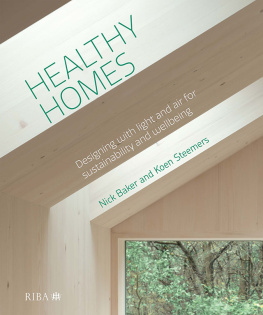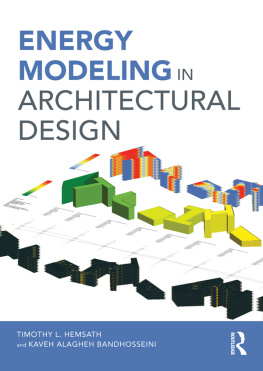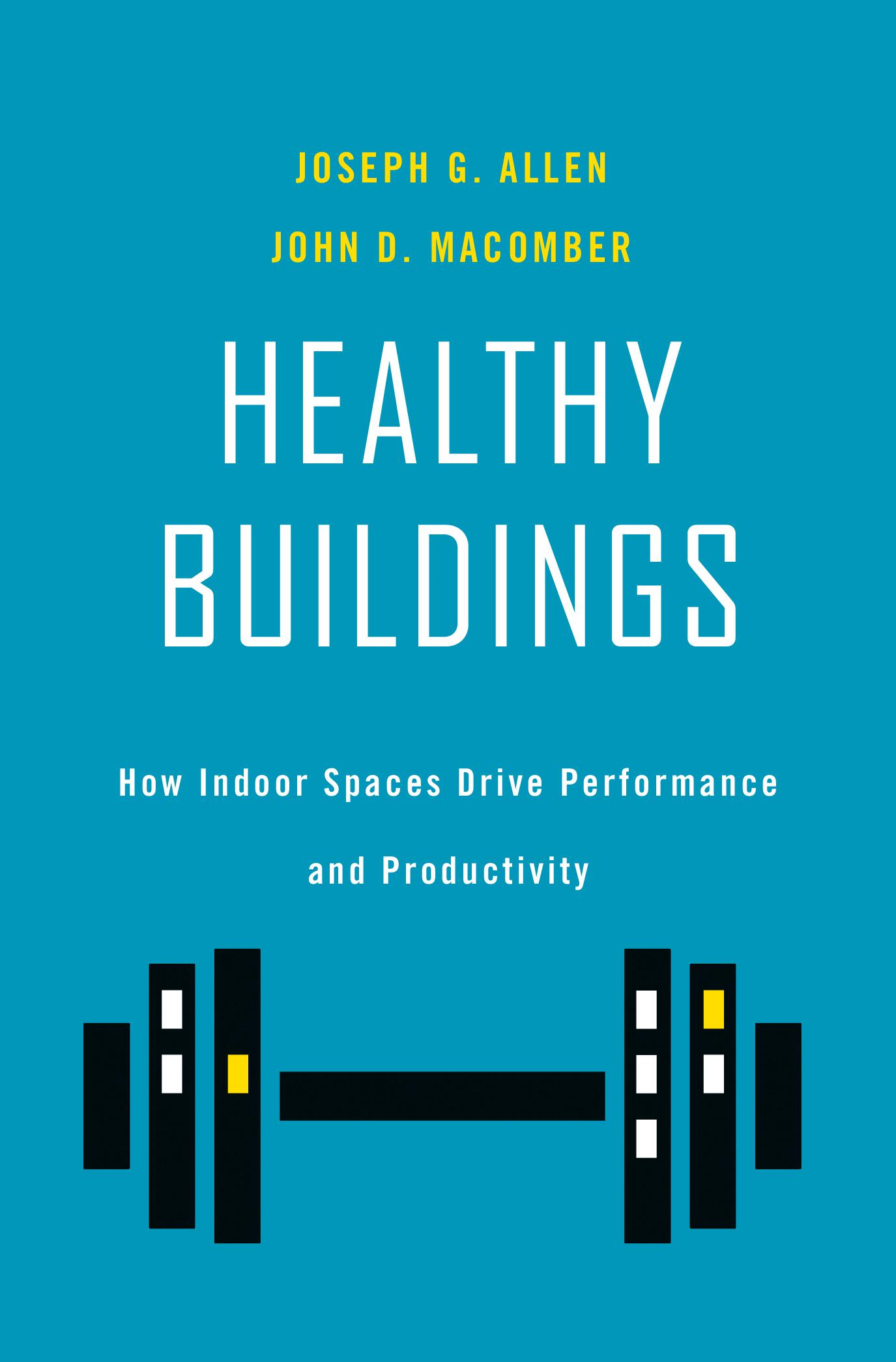Joseph G. Allen - Healthy Buildings: How Indoor Spaces Drive Performance and Productivity
Here you can read online Joseph G. Allen - Healthy Buildings: How Indoor Spaces Drive Performance and Productivity full text of the book (entire story) in english for free. Download pdf and epub, get meaning, cover and reviews about this ebook. year: 2020, publisher: Harvard University Press, genre: Romance novel. Description of the work, (preface) as well as reviews are available. Best literature library LitArk.com created for fans of good reading and offers a wide selection of genres:
Romance novel
Science fiction
Adventure
Detective
Science
History
Home and family
Prose
Art
Politics
Computer
Non-fiction
Religion
Business
Children
Humor
Choose a favorite category and find really read worthwhile books. Enjoy immersion in the world of imagination, feel the emotions of the characters or learn something new for yourself, make an fascinating discovery.

- Book:Healthy Buildings: How Indoor Spaces Drive Performance and Productivity
- Author:
- Publisher:Harvard University Press
- Genre:
- Year:2020
- Rating:3 / 5
- Favourites:Add to favourites
- Your mark:
Healthy Buildings: How Indoor Spaces Drive Performance and Productivity: summary, description and annotation
We offer to read an annotation, description, summary or preface (depends on what the author of the book "Healthy Buildings: How Indoor Spaces Drive Performance and Productivity" wrote himself). If you haven't found the necessary information about the book — write in the comments, we will try to find it.
Norman FosterA forensic investigator of sick buildings and Director of Harvards Healthy Buildings Program teams up with a CEO-turnedHarvard Business School professor to reveal the secrets of a healthy buildingand unlock one of the greatest business opportunities of our time.By the time you reach eighty, you will have spent seventy-two years of your life indoors. Like it or not, humans have become an indoor species. This means that the people who design, build, and maintain our buildings can have a major impact on our health.Ever feel tired during a meeting? Thats because most offices and conference rooms are not bringing in enough fresh air. When that door opens, it literally breathes life back into the room. But there is a lot more acting on your body that you cant feel or see. From our offices and homes to our schools and hospitals, the indoor spaces where we work, learn, play, eat, and heal have an outsized influence on our performance and wellbeing. They affect our creativity, focus, and problem-solving ability and can make us sickdragging down profits in the process.Charismatic pioneers of the healthy building movement who have paired up to combine the cutting-edge science of Harvards School of Public Health with the financial know-how of the Harvard Business School, Joseph Allen and John Macomber lay out the science of healthy buildings and make the business case for owners, developers, and CEOs. They reveal the 9 Foundations of a Healthy Building, and show how tracking health performance indicators with smart technology can boost performance and create economic value. While the green building movement tackled energy, waste, and water, the new healthy building movement focuses on the most important (and expensive) asset of any business: its people.
Joseph G. Allen: author's other books
Who wrote Healthy Buildings: How Indoor Spaces Drive Performance and Productivity? Find out the surname, the name of the author of the book and a list of all author's works by series.










